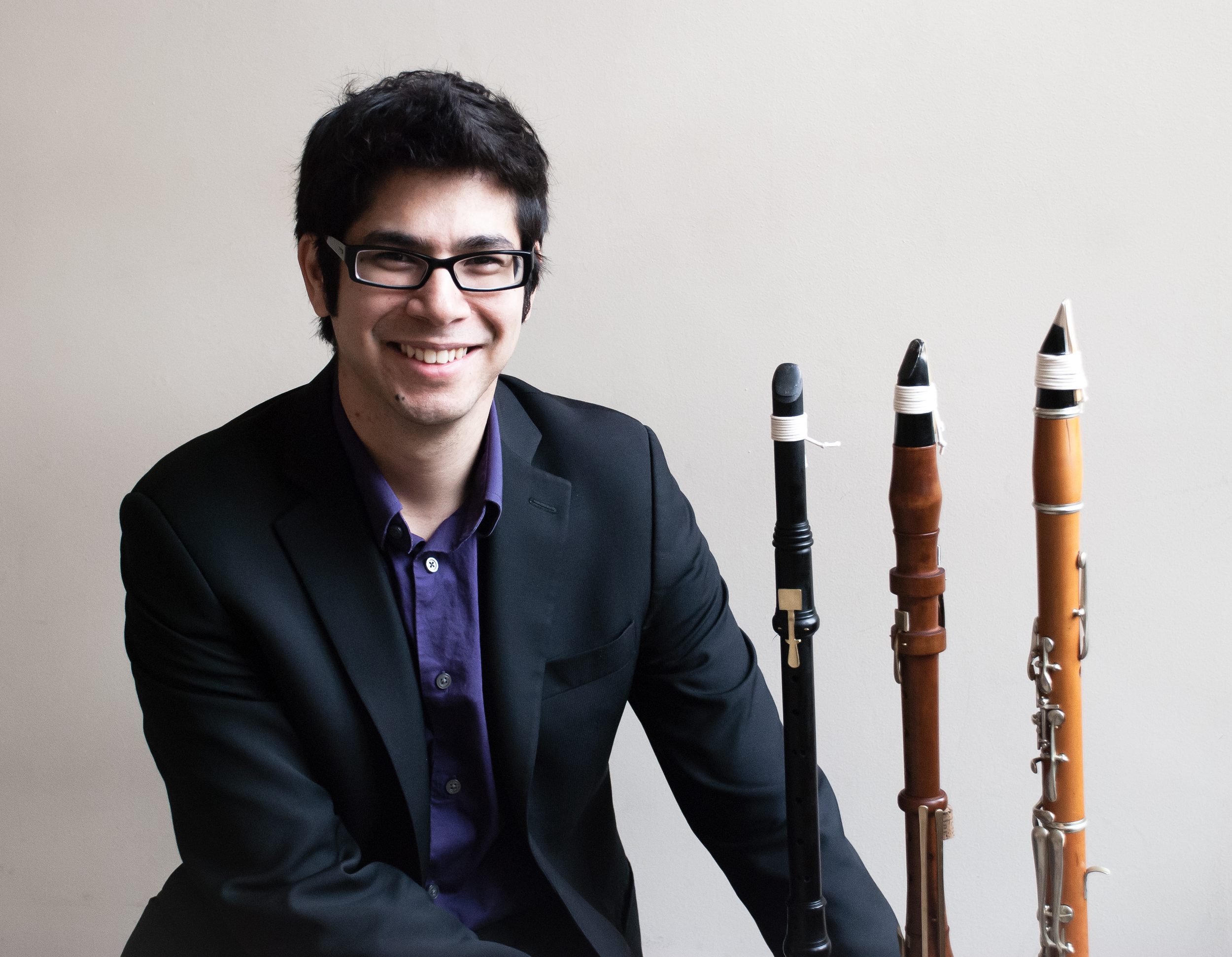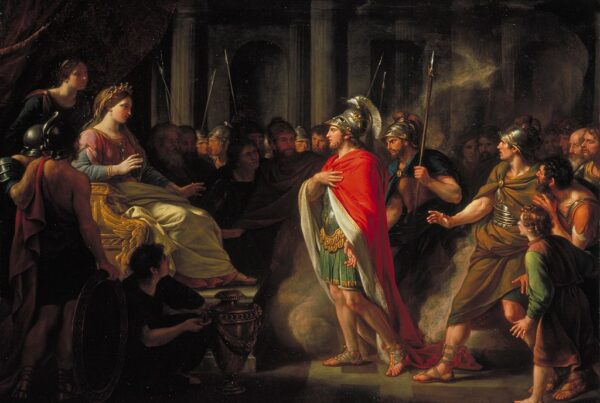Leading up to our October concert Schumann’s Reawakened Masterpieces, we talked to clarinetist Thomas Carroll about his unique instruments:
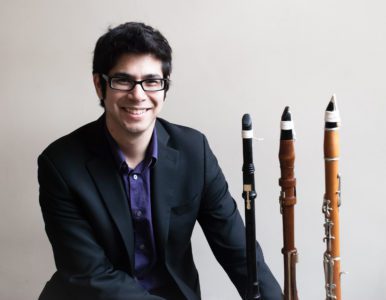 “I’m thrilled to be joining Philharmonia for this upcoming program of Bach and Robert Schumann. One of the things that always excites me about performing music of the mid-19th century on period instruments, in particular Schumann, is the genuine sense of transition in compositional technique, a nod to the composers of the past while obliterating the classical and early romantic sense of form and proportion and experimenting with a truly new compositional aesthetic. Though Schumann was an extremely accomplished composer at the keyboard, he came to writing symphonic repertoire late in life, and his treatment of the individual instruments is rather “unconventional” at times, relative to the time period. One can almost hear the lines more as piano parts than instrumental. This is perhaps most evident in the wind and brass instruments, which are increasingly pushed right up to or beyond the limits of what was “possible,” on earlier classical instruments, giving us a chance to perform on later instruments than we normally would. Contrary to popular belief, more keys on mid-century woodwind instruments did not actually make everything easier to play, so in many cases, the extra ‘hardware’ presents another fun challenge for us!
“I’m thrilled to be joining Philharmonia for this upcoming program of Bach and Robert Schumann. One of the things that always excites me about performing music of the mid-19th century on period instruments, in particular Schumann, is the genuine sense of transition in compositional technique, a nod to the composers of the past while obliterating the classical and early romantic sense of form and proportion and experimenting with a truly new compositional aesthetic. Though Schumann was an extremely accomplished composer at the keyboard, he came to writing symphonic repertoire late in life, and his treatment of the individual instruments is rather “unconventional” at times, relative to the time period. One can almost hear the lines more as piano parts than instrumental. This is perhaps most evident in the wind and brass instruments, which are increasingly pushed right up to or beyond the limits of what was “possible,” on earlier classical instruments, giving us a chance to perform on later instruments than we normally would. Contrary to popular belief, more keys on mid-century woodwind instruments did not actually make everything easier to play, so in many cases, the extra ‘hardware’ presents another fun challenge for us!
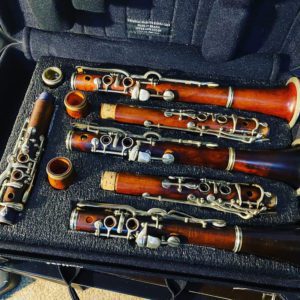 For this particular concert cycle, I’m going to be using some “new” old instruments; copies of clarinets in Bb and A by the mid-century German builder Georg Ottensteiner. I actually own a complete set of original instruments by Ottensteiner that I’ve used in orchestral concerts and recitals for a number of years, but after a century and a half, they’re finally starting to show their age, so I’ve begun transitioning to using beautifully-made copies by the German maker Jochen Seggelke. One of the projects I’ve undertaken with this set of clarinets is to build myself a working set of mouthpieces based on several of the surviving playable examples in my collection. It’s one more way of connecting with the past, not just from the point of view of the composers and performers, but also the instrument makers who were responsible for crafting these new experimental woodwinds that both allowed the performers to play this music reliably, and the composers who took inspiration from these newly mechanized instruments and expanded their writing even further as a result.
For this particular concert cycle, I’m going to be using some “new” old instruments; copies of clarinets in Bb and A by the mid-century German builder Georg Ottensteiner. I actually own a complete set of original instruments by Ottensteiner that I’ve used in orchestral concerts and recitals for a number of years, but after a century and a half, they’re finally starting to show their age, so I’ve begun transitioning to using beautifully-made copies by the German maker Jochen Seggelke. One of the projects I’ve undertaken with this set of clarinets is to build myself a working set of mouthpieces based on several of the surviving playable examples in my collection. It’s one more way of connecting with the past, not just from the point of view of the composers and performers, but also the instrument makers who were responsible for crafting these new experimental woodwinds that both allowed the performers to play this music reliably, and the composers who took inspiration from these newly mechanized instruments and expanded their writing even further as a result. 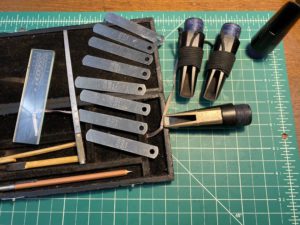 At the time Schumann was composing his symphonies, many of the most important innovations in woodwind technology were being developed and adapted for all types of instruments, such as ring mechanisms, which allowed for a high degree of control over intonation or mechanically-linked keywork allowing for ease of motion in more remote tonalities. The fact that all “modern” woodwinds are based on these same principles that were solidified in the period between 1840 and 1860 truly stands as a testament to the revolutionary nature of the work of instrument builders of the time. Similarly, one can hear the influence of Schumann’s orchestration techniques and treatment of the wind section in later works throughout the remainder of the 19th century and well into the 20th. I’m very much looking forward to diving into both of these aspects with Philharmonia and Richard in a couple weeks and hearing it all come together!”
At the time Schumann was composing his symphonies, many of the most important innovations in woodwind technology were being developed and adapted for all types of instruments, such as ring mechanisms, which allowed for a high degree of control over intonation or mechanically-linked keywork allowing for ease of motion in more remote tonalities. The fact that all “modern” woodwinds are based on these same principles that were solidified in the period between 1840 and 1860 truly stands as a testament to the revolutionary nature of the work of instrument builders of the time. Similarly, one can hear the influence of Schumann’s orchestration techniques and treatment of the wind section in later works throughout the remainder of the 19th century and well into the 20th. I’m very much looking forward to diving into both of these aspects with Philharmonia and Richard in a couple weeks and hearing it all come together!”
